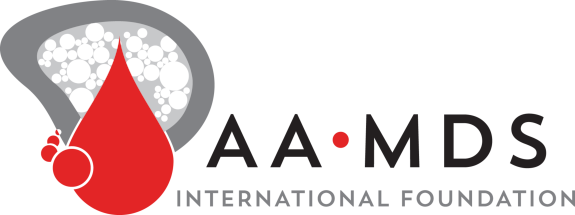Introduction: SB12 demonstrated equivalence to reference eculizumab (ECU) in complement inhibitor-naïve patients with paroxysmal nocturnal hemoglobinuria (PNH) in the previous randomized, double-blind, multi-national, crossover, Phase III study.
Methods: The scope of this post-hoc study was subgroup analysis by race to compare the efficacy and safety of SB12 and ECU in PNH patients in the Asian and Non-Asian subgroups of the Phase III study.
Results: Results including lactate dehydrogenase (LDH), number of units of packed red blood cells and safety as primary and secondary endpoints demonstrated comparable efficacy and safety of SB12 and ECU in Asian and Non-Asian PNH patients, in line with the study results in the overall population. In addition, transfusion avoidance (68.1% for SB12 vs. 72.9% for ECU, p-value of 0.4492) and hemoglobin stabilization (SB12-ECU: 6.3%, 95% confidence interval [CI] [-21.5, 34.1] and SB12-ECU: 2.5%, 95% CI [-24.8, 29.8] using stringent criteria) as post-hoc endpoints were not substantially different between SB12 and ECU treatment groups in the overall population as well as in Asians and Non-Asians.
Conclusion: In conclusion, this subgroup analysis by race (Asians and Non-Asians) supports comparable efficacy and safety between SB12 and reference eculizumab in global PNH patients including no difference in transfusion avoidance effect.

